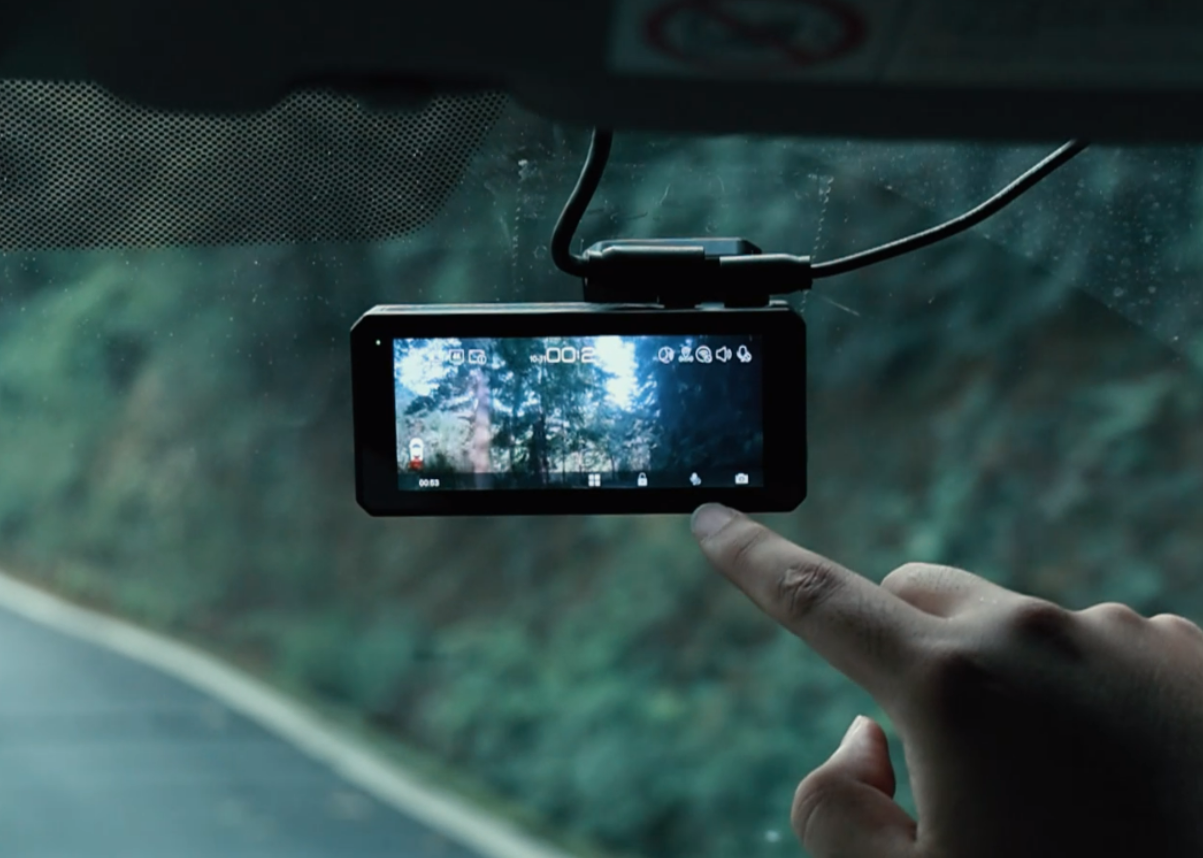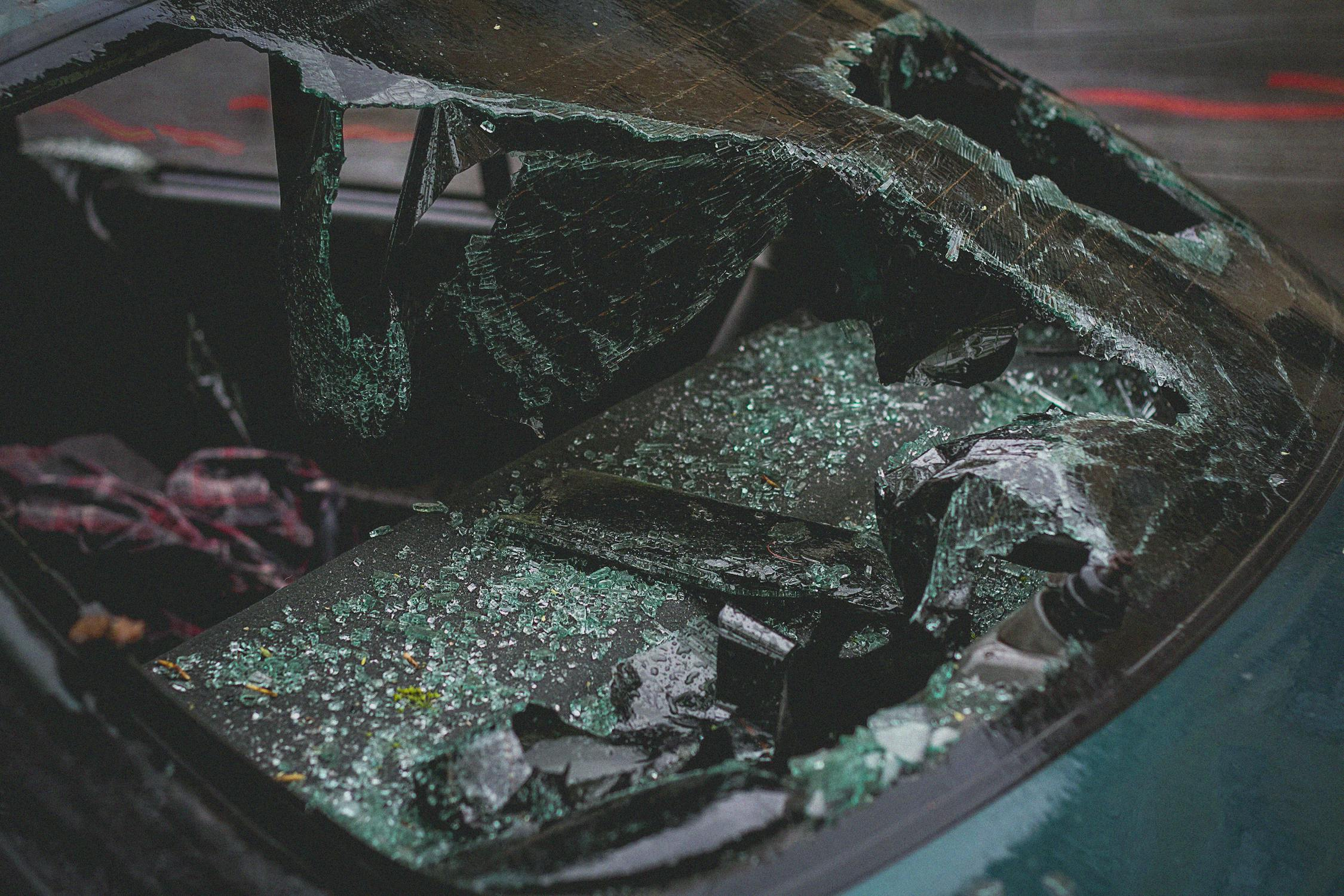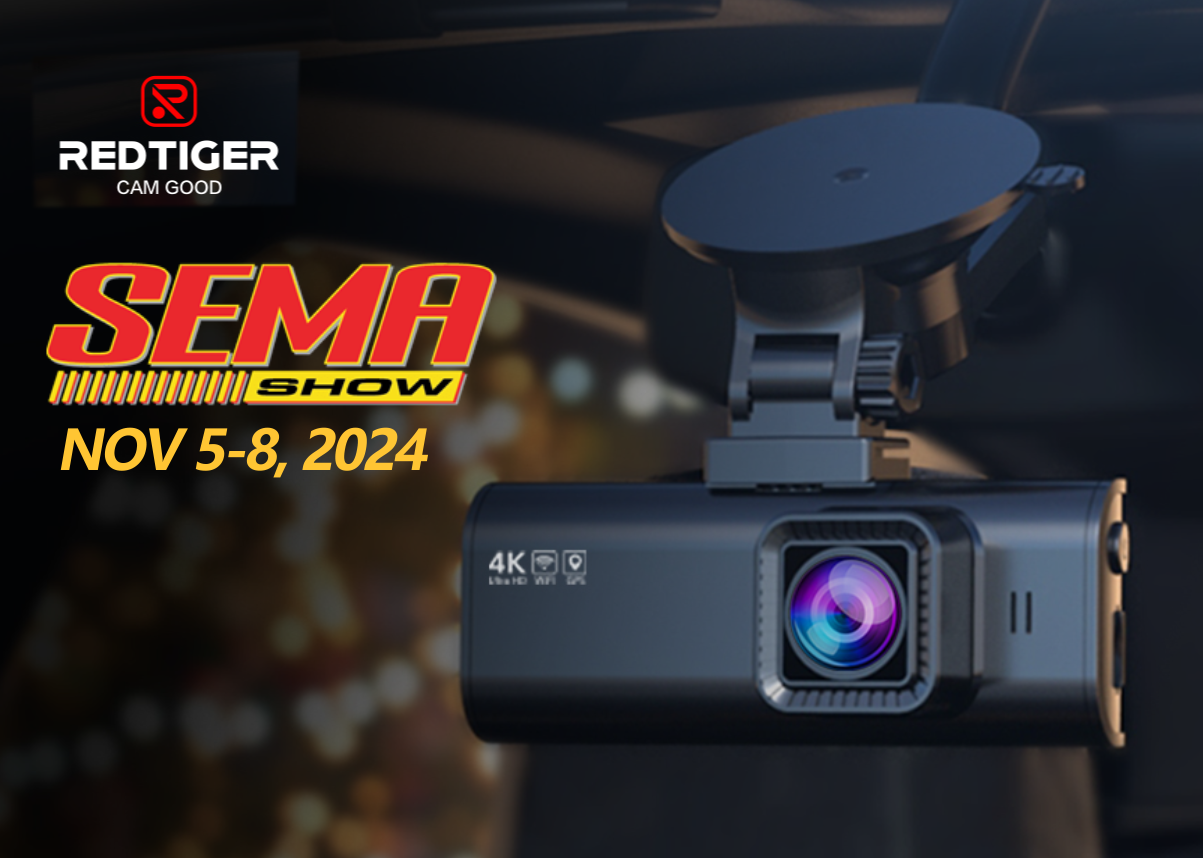Inside this Article:
- 1. Introduction
- 2. Some Common Reasons That Dash Cams Fail to Save Footage During Collisions
- 3. Could the Dash Cam Have Suffered Physical Damage?
- 4. Could Overwriting or Loop Recording Be the Issue?
- 5. Could the Impact Detection Settings Be to Blame?
- 6. How Can You Prevent Dash Cam Footage Loss in the Future?
- 7. Conclusion
1. Introduction
When a collision occurs, having your dash cam save the video footage is crucial for providing evidence to support your case in insurance claims and police investigations.
Dash cam footage can help establish fault, verify details of the incident, and protect you from false accusations. However, some users encounter issues where the footage is lost after a collision, potentially jeopardizing their ability to present important evidence.
This guide explores common reasons for dash cam footage loss during impacts and offers practical advice on how to prevent such problems in the future.
2. Some Common Reasons That Dash Cams Fail to Save Footage During Collisions
Several factors can cause dash cams to fail to save video footage during a collision:
-
MicroSD Card Issues: One of the most common reasons is that microSD cards may suffer from contact issues during a severe impact. The shock may momentarily disrupt the connection between the card and the dash cam, resulting in incomplete or missing footage. This risk is prevalent in dash cams that rely on microSD cards as their primary storage medium.
-
Footage Stored in Emergency Folder: In some cases, the dash cam may have saved the footage in a designated emergency folder rather than the usual video folder. This occurs when the G-sensor detects a sudden impact and automatically locks the footage as a protected file. If you cannot find the video in the regular folder, check the emergency folder for the missing footage.
Being aware of these factors helps you understand why footage loss may occur and how to troubleshoot the issue effectively.
Investing in a high-quality dash cam with 3M adhesive like F77 can help prevent lost video during an impact, because it has built-in eMMC storage, which ensures recording continuity even in the event of an impact.
3. Could the Dash Cam Have Suffered Physical Damage?
Physical damage to the dash cam can also lead to footage loss during an impact. Here are some ways collisions can affect your device:
-
Impact on Internal Components: Significant collisions can damage crucial components such as the sensor, lens, or circuit board, which are essential for the dash cam's operation. If these components are compromised, the dash cam may stop recording or produce corrupted footage.
-
Protective Features: To minimize damage risk, look for dash cams with 3M mounts, electrostatic stickers, and durable construction. Features like anti-vibration 3M mounting brackets can help reduce the force transferred to the device during a collision.
4. Could Overwriting or Loop Recording Be the Issue?
The loop recording feature in dash cams allows continuous recording by automatically overwriting the oldest footage once the storage is full. However, this feature can sometimes cause critical footage to be lost if not managed correctly.
-
File Overwriting Risks: If an incident occurs but the dash cam does not detect the impact as significant enough to lock the file, the footage may be overwritten. For example, if you have a verbal altercation with another driver on the road and the dash cam does not detect a vibration, the incident might not be saved as an emergency file. By the time you check your dash cam at home, the footage could have already been overwritten by new recordings.
-
Regularly Lock Important Files: To prevent valuable footage from being deleted, manually lock important files immediately after an incident to ensure they remain protected. Some dash cams like F77 offer a button to lock the current recording with one touch.
Managing storage space effectively and regularly reviewing your dash cam's settings can help avoid accidental deletion of important footage.
5. Could the Impact Detection Settings Be to Blame?
G-sensors and impact sensitivity settings play a significant role in ensuring that your dash cam records and saves footage during a collision.
-
G-sensor Function: The G-sensor detects sudden movements or shocks, such as those that occur during a collision. When a certain level of impact is detected, the dash cam locks the footage to prevent it from being overwritten.
-
Sensitivity Settings: Incorrect G-sensor sensitivity settings can lead to missed recordings. If the sensitivity is set too low, the dash cam may not detect minor collisions or abrupt stops. If a collision occurs, it is highly likely that when you go home to check the collision video, it will be overwritten by new footage. Conversely, if it's set too high, the dash cam may lock footage unnecessarily during routine driving conditions like go through a speed bump.
To ensure accurate incident detection, adjust the G-sensor sensitivity settings according to your driving environment and vehicle type, and test the settings periodically to ensure they are functioning correctly.
6. How Can You Prevent Dash Cam Footage Loss in the Future?
There are several proactive steps you can take to prevent your dash cam from losing footage during an impact:
-
Use High-Quality Dash Cams with Built-In Storage: Dash cams with built-in eMMC storage are more reliable during collisions, as they do not suffer from the contact issues that can affect microSD cards. Additionally, choosing a dash cam with 3M Mount and protective features can further reduce the risk of damage during an impact.
-
Adjust Sensitivity Settings: Ensure that your G-sensor settings are appropriately calibrated. Regularly test the dash cam’s impact detection capabilities to confirm that they are functioning as expected.
-
Perform Routine Maintenance: Regularly format the storage to maintain its efficiency and update the dash cam's firmware to ensure all functions are operating correctly.
7. Conclusion
Losing dash cam footage after an impact can be frustrating, especially when the footage is needed for insurance claims or legal disputes.
Understanding the potential reasons behind this issue—such as storage type limitations, physical damage, incorrect G-sensor settings, or loop recording risks—can help you take steps to avoid similar problems in the future.





Leave a comment
All comments are moderated before being published.
This site is protected by hCaptcha and the hCaptcha Privacy Policy and Terms of Service apply.